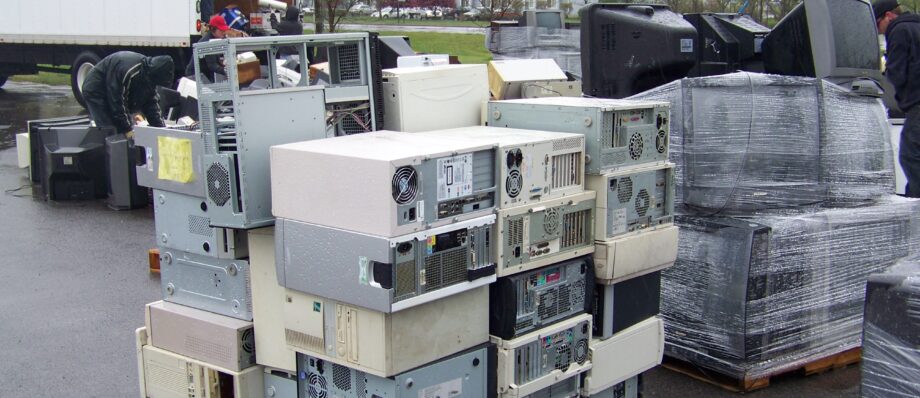How to Start a Community Computer Recycling Program
- September 15, 2021
- Uncategorized
- 1 mins read
Assessing the Need and Feasibility
Before starting a community computer recycling program, it’s essential to evaluate the need and feasibility. Conduct surveys and gather data to understand the level of e-waste generation in your community and assess the interest in a recycling program.
- Community Interest: Gauge interest through surveys, community meetings, or social media polls.
- Volume of E-Waste: Estimate the amount of e-waste generated by households and businesses in your area.
- Resources and Funding: Identify potential funding sources, such as grants, local government support, and partnerships with businesses.
Organizing a Team and Resources
A successful recycling program requires a dedicated team and resources. Form a committee or team of volunteers to help with various aspects of the program.
- Team Roles: Assign roles such as program coordinator, outreach manager, logistics coordinator, and volunteer coordinator.
- Training: Provide training on e-waste handling and safety procedures.
- Equipment: Secure necessary equipment like collection bins, transportation vehicles, and protective gear for volunteers.
Partnering with Local Businesses and Recyclers
Collaborate with local businesses, recyclers, and non-profit organizations to support your program.
- Recycling Partners: Partner with certified e-waste recyclers to ensure responsible disposal of collected electronics.
- Business Support: Seek sponsorship and donations from local businesses for funding and resources.
- Collection Points: Establish collection points at accessible locations such as schools, community centers, and retail stores.
Promoting the Program and Engaging the Community
Effective promotion and community engagement are crucial for the program’s success.
- Marketing Campaigns: Use social media, local newspapers, and flyers to raise awareness about the program.
- Community Events: Organize events such as e-waste collection drives, workshops, and educational sessions to engage residents.
- Incentives: Offer incentives like discounts, vouchers, or raffle prizes to encourage participation.
Monitoring and Evaluating the Program
Regularly monitor and evaluate the program to ensure it meets its goals and to identify areas for improvement.
- Data Collection: Track the volume of e-waste collected and recycled.
- Feedback: Gather feedback from participants to improve the program.
- Reporting: Provide regular updates to the community and stakeholders on the program’s impact and progress.



